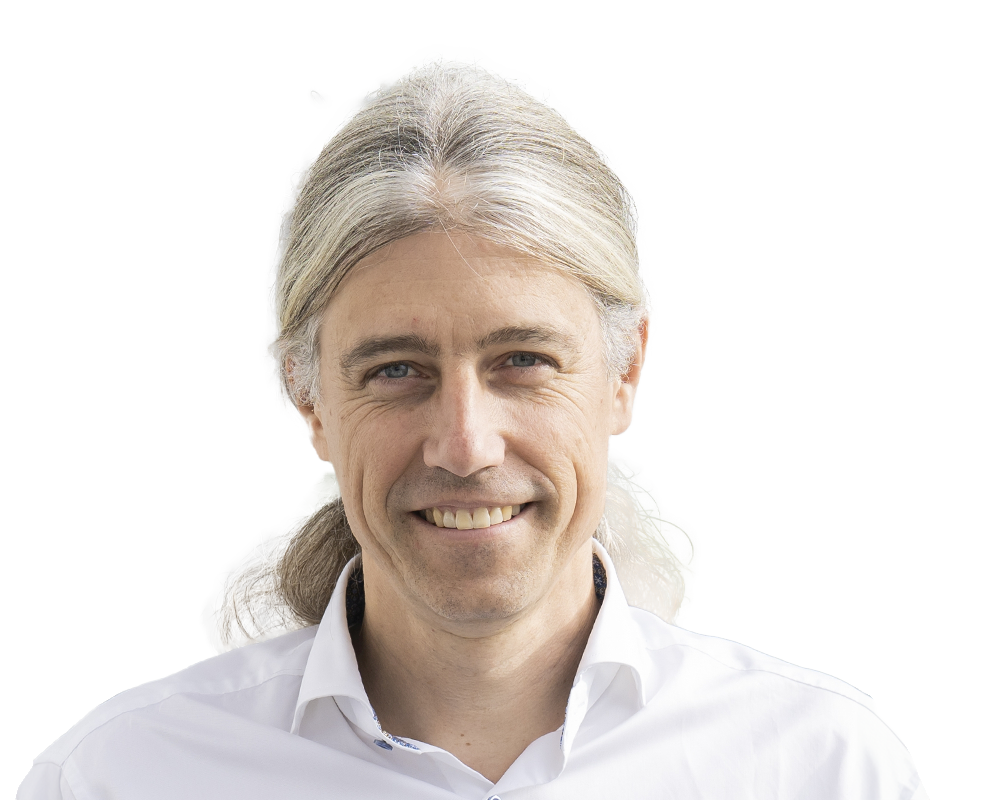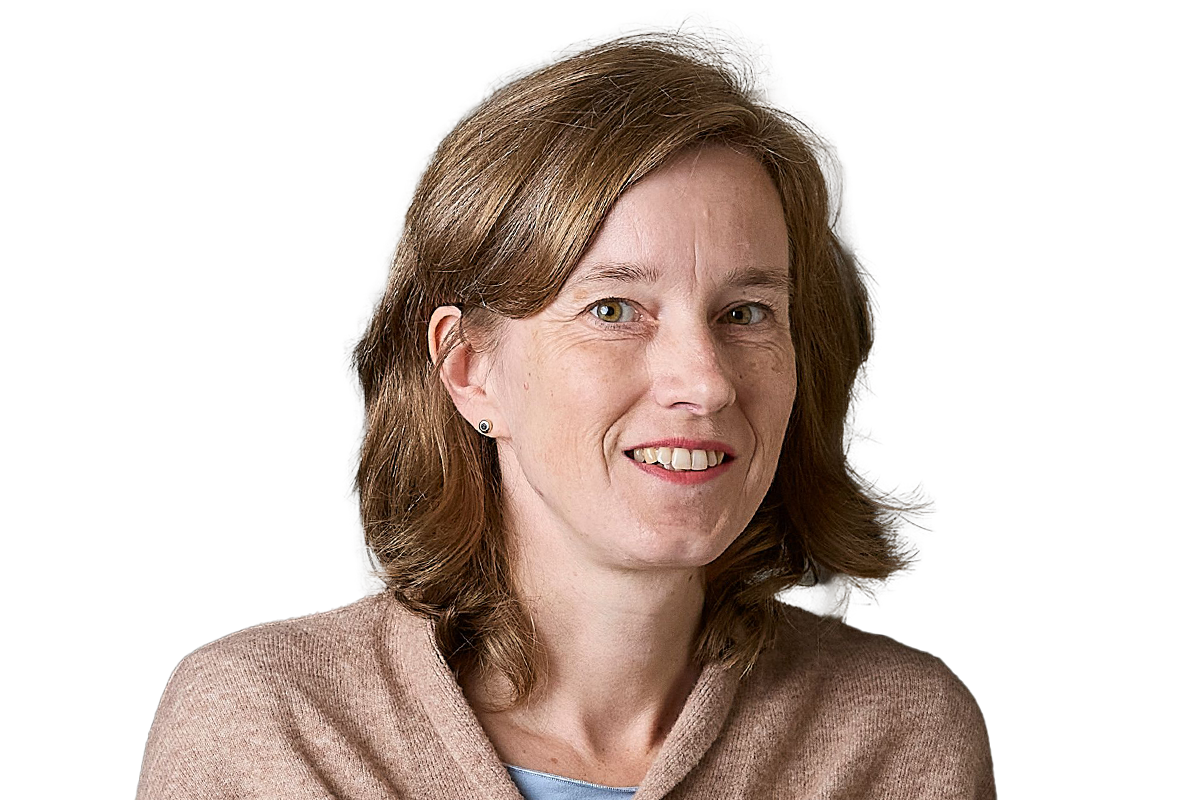Structured multi-cell-type Engineered Living Materials (ELMs) are essential not only for creating responsive and adaptive ELMs but also for creating multicellular formations such as tissues. In such ELMs, polymers can act as a synthetic, tailored extracellular matrix that provides mechanical support to the cell-containing material and initiates and/or maintains cell adhesion and various other functions. Importantly, the polymers between the cells offer the potential to make these ELMs responsive to stimuli. To achieve multicellular, responsive, structured, and reconfigurable formations, we develop ELMs based on yeast and mammalian cells that can self-synthesize synthetic stimuli-responsive polymers on their surface. The polymers are grafted to the cell surface by enzymatic radical polymerizations and act as a selective and reversible scaffold to mediate cell-material-cell adhesion, thus functioning as a stimuli-responsive synthetic analog of an extracellular matrix.
Team
Principle Investigator
Head, Macromolecular Chemistry
Technical University Darmstadt
Co-Investigator
Emmy Noether Group Leader and Athene Young Investigator, Biohybrid Systems for Cellular Engineering
Technical University Darmstadt
PhD Student
Macromolecular Chemistry
Technical University Darmstadt
Principle Investigator
Head, Stem cell and developmental biology
Technical University Darmstadt
PostDoc
Stem cell and developmental biology
Technical University Darmstadt



